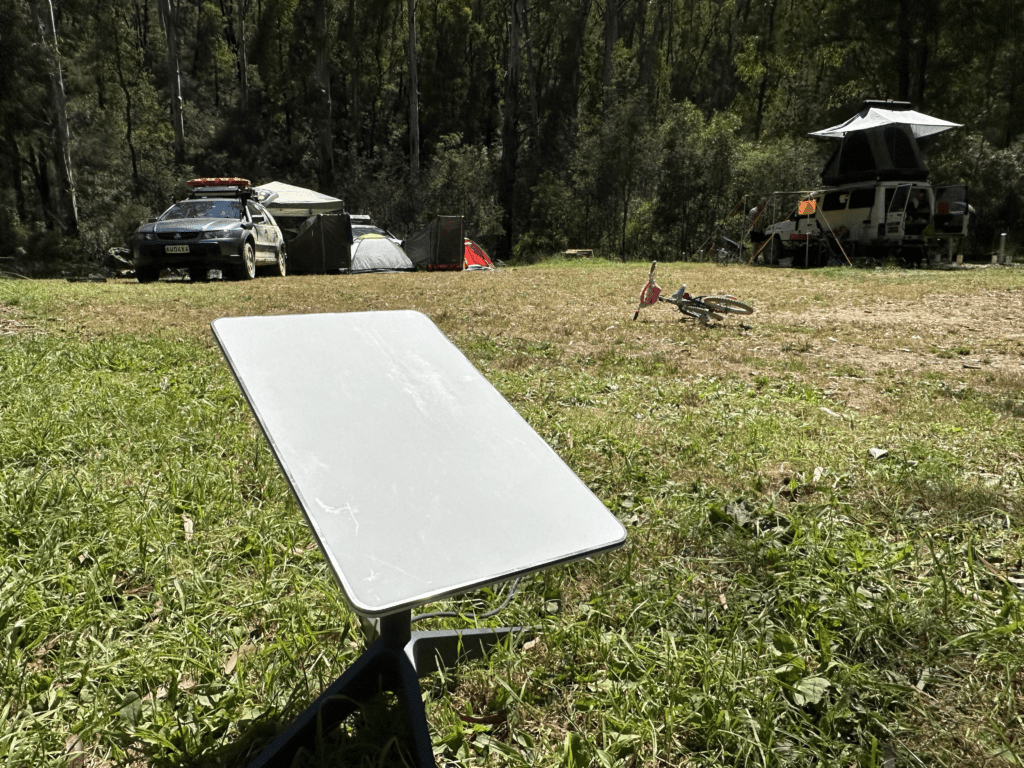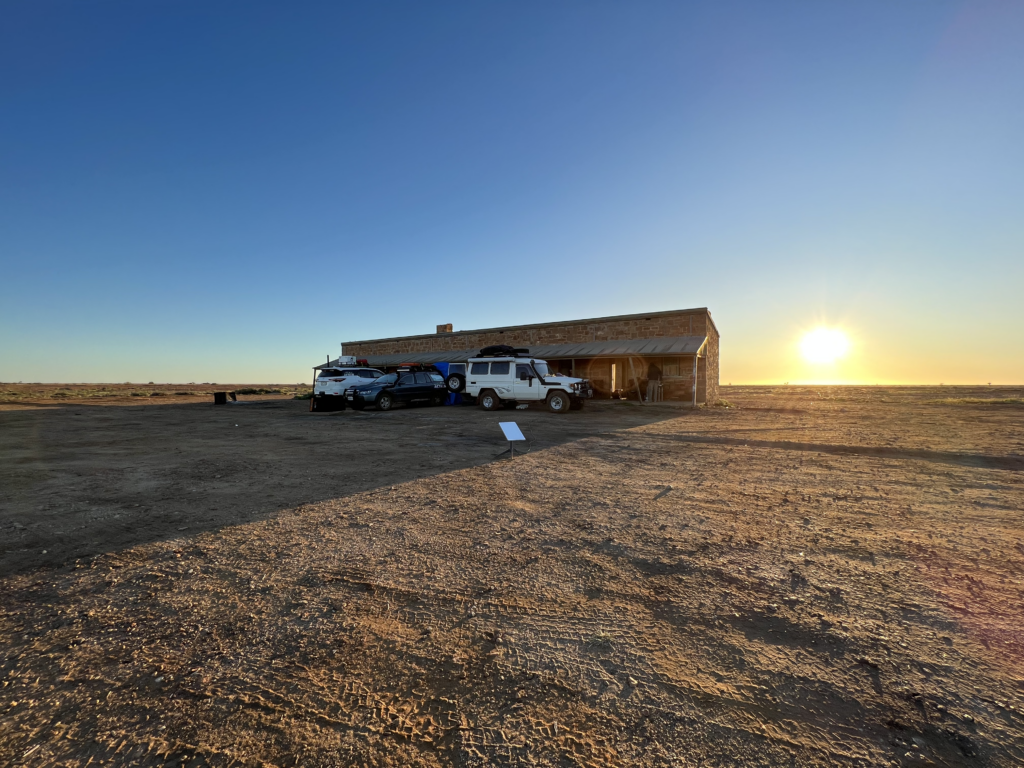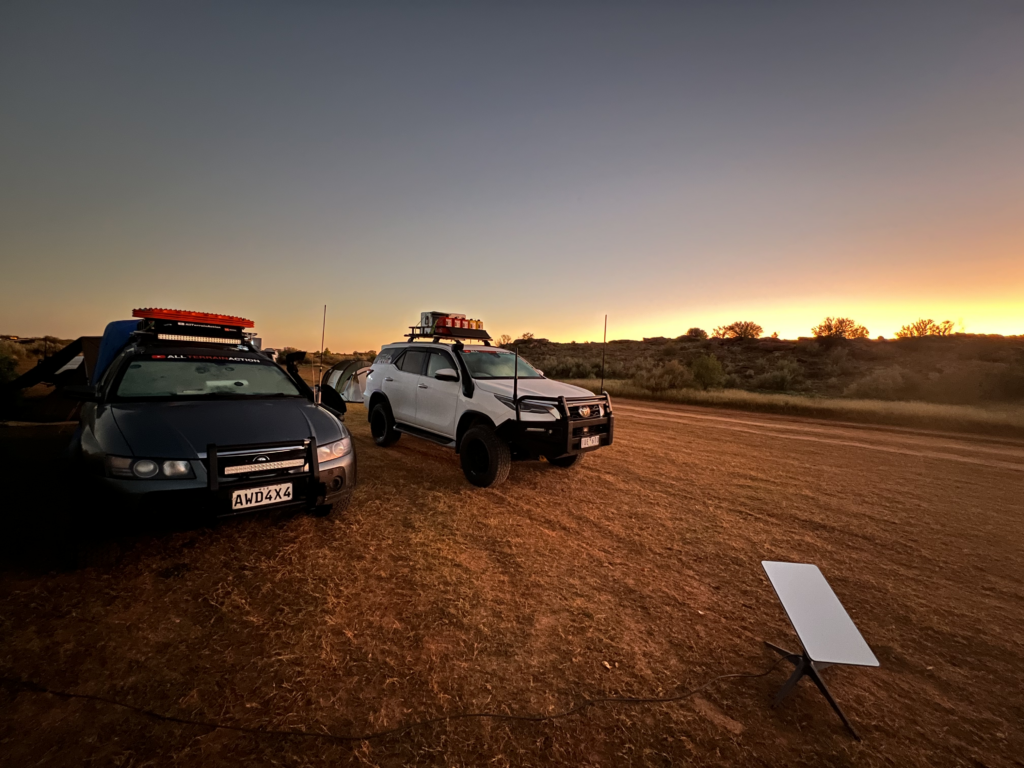We have been using Starlink since early 2022, primarily for our Simpson Desert crossing trip, we wanted internet access to share posts on social media and provide updates to our community during our crossing.
I’ve noticed many are wondering if Starlink is suitable and worth the $169 charged by SpaceX for ordinary travelers.
If you already have a reliable internet connection at home and only intend to use Starlink while traveling, it’s important to consider the $169 monthly access fee.
In the vast expanse of the high country, phone reception can be severely limited, and even when a signal is present, it can be unreliable and sporadic. Often one has to resort to finding higher ground or positioning themselves in specific directions to access messages. Making voice calls in such situations becomes nearly impossible. However, the advantage of using Starlink is that as long as you have a clear view of the sky, you are likely to obtain a signal – automatically. Even if the connection isn’t consistently stable while you’re seated or inside your camper, you can still access signals to check social media, make and receive phone calls, and receive text message alerts.
To comprehend this functionality, it’s essential to understand the concept of VoWifi, a mode found on most modern mobile phones. VoWifi enables your phone to utilise Wi-Fi connections from any hotspot, including Starlink in this case, to make and receive calls just like a regular cellular tower connection. Additionally, it allows for seamless text messaging capabilities under the same Wi-Fi
connection.

For our initial plan, Starlink was intended to be a temporary solution. However, its remarkable usefulness has transformed it into a luxurious necessity for us, prompting us to make the decision to keep it. In fact, we are taking it a step further by planning a 12V conversion and securely mounting it flat on our camper. Over the past 12 months, we have achieved great success in using Starlink with a pure sine wave inverter. We have observed that it typically consumes around 35-40 watts of power. With our upcoming 12V conversion, we expect to see a reduction to approximately 25-30 watts, based on reports from other YouTube users who have undergone a similar conversion. This reduction in power consumption makes sense as it eliminates the inefficiencies associated with converting from DC to AC and then back to DC within the internal workings of the Starlink equipment, considering that it primarily operates on DC 12V and 48V internally.
One of the greatest advantages we have discovered is the ability to activate and deactivate our Starlink subscription during peak and off-peak seasons. By taking advantage of this flexibility, we have found that we can turn off Starlink for approximately one-fourth of the year. This translates to annual savings of ($169 multiplied by 3), which provides us with significant cost savings. By strategically managing our Starlink usage and aligning it with our specific needs, we are able to optimize our expenses while still enjoying the benefits of this service.

